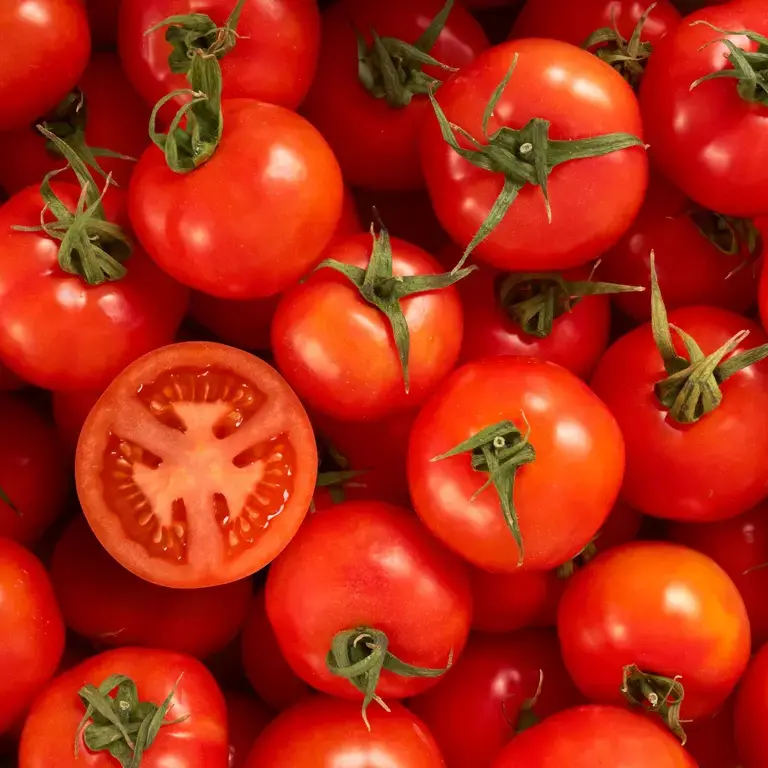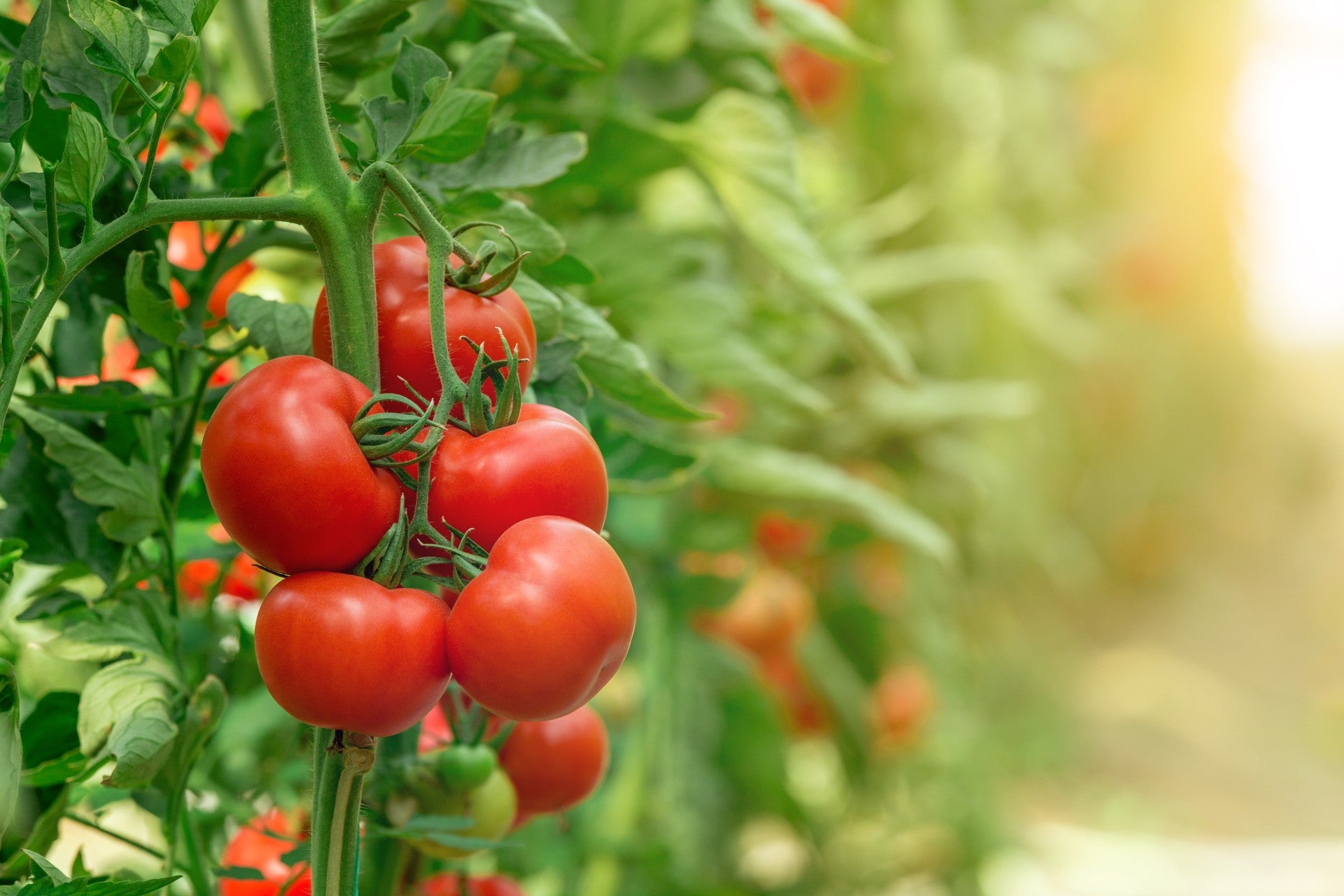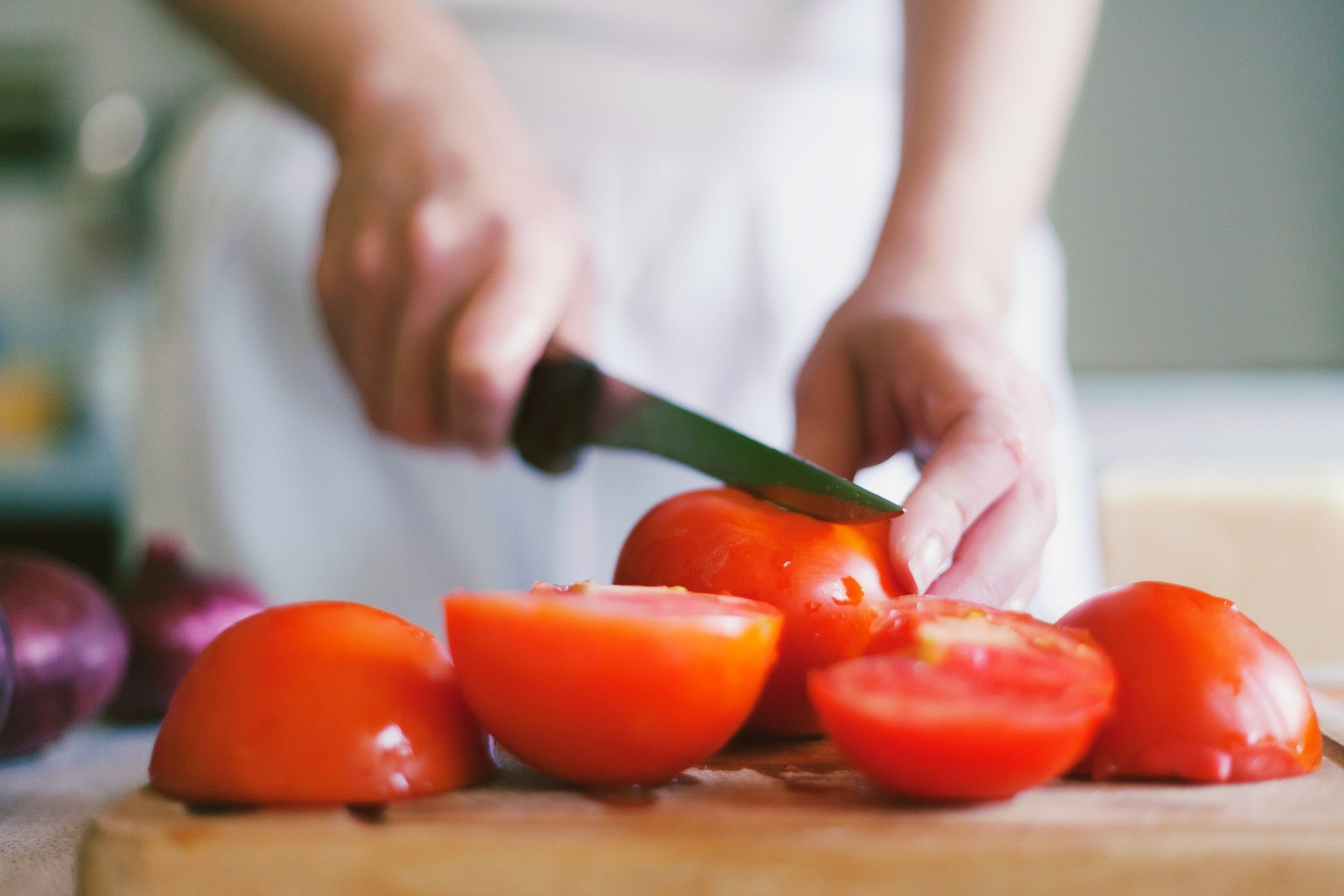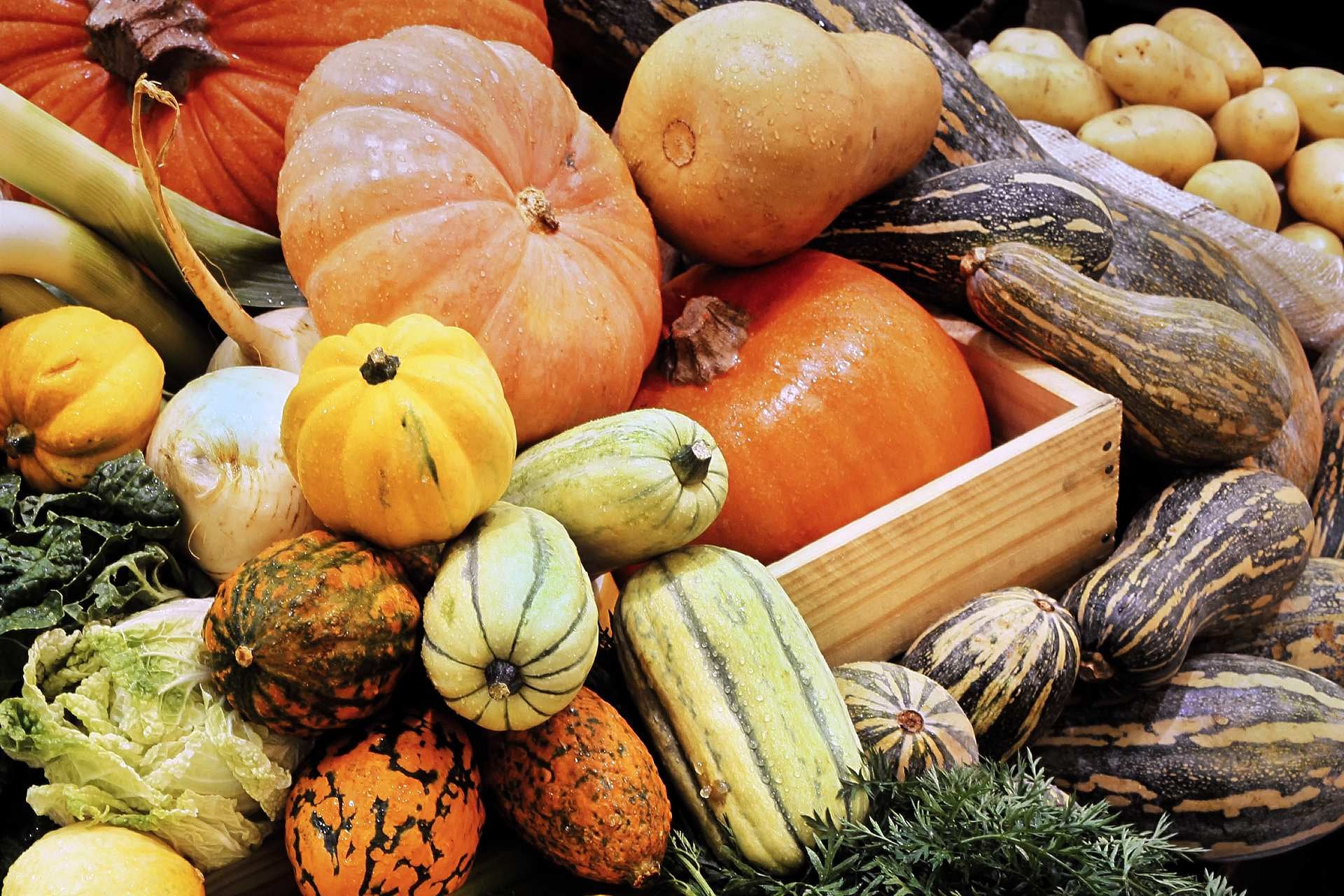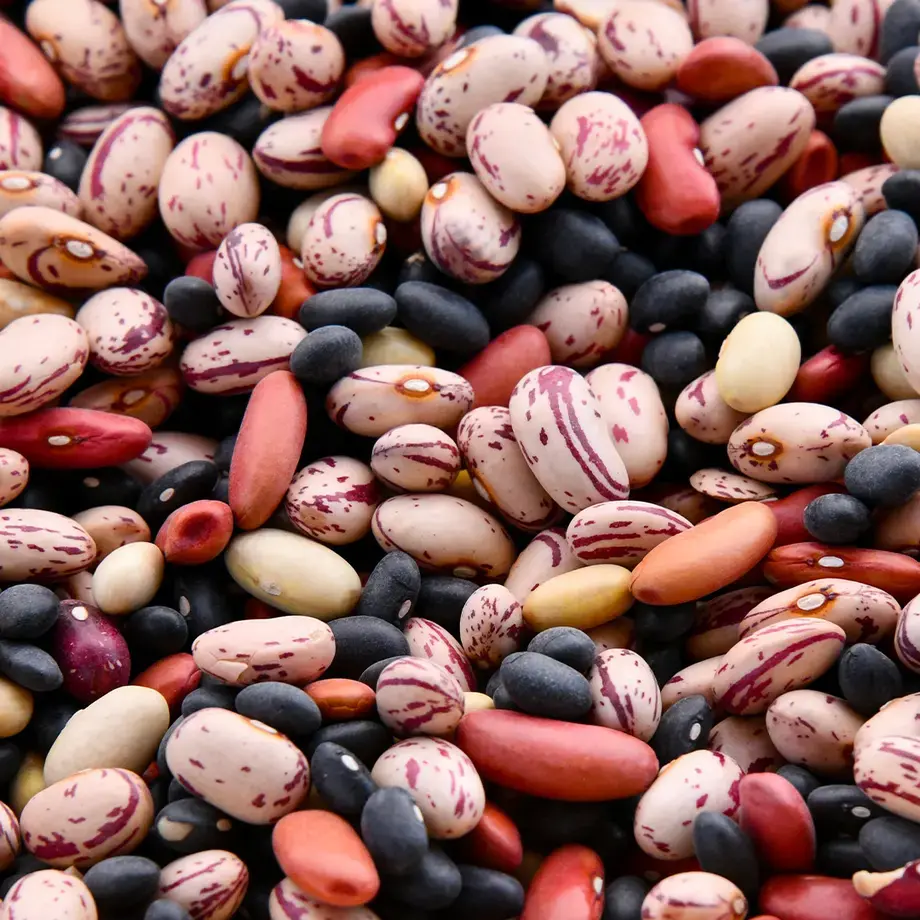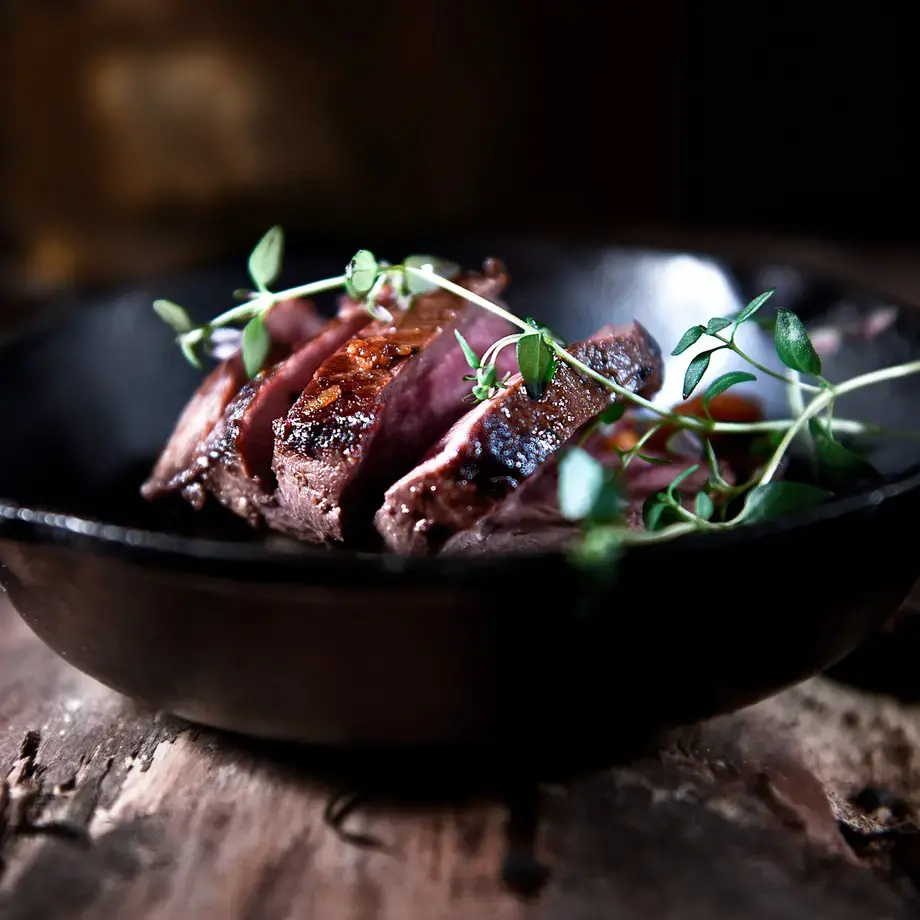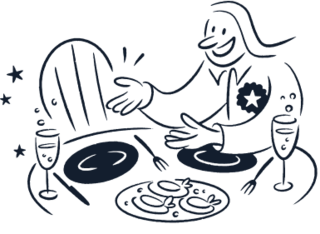We can easily distinguish between most fruits and vegetables, but when it comes to the age-old debate of whether a tomato is a fruit or a vegetable, people aren't always sure what to say. The answer is that tomatoes are technically both. The definition can differ depending on whether you're speaking to a botanist – whose definition is botanical – or a nutritionist or chef, whose definition is most likely to be culinary.
Are they vegetables or fruits? For some reason, tomatoes are always taken as a classic example of this eternal debate. Tomatoes are not the only common vegetables that are fruits. We have seen that, in the world of food, there are many plants most people consider vegetables that are actually fruits, botanically speaking. We have already learned that fruits are ripened flower ovaries and contain seeds, so this botanical classification also applies to any vegetable with seeds as listed below.
Squash
Botanically speaking, squash are fruit because they contain seeds. We don’t recommend adding them to a fruit salad though!
Pumpkins
Part of the same family as squash and gourds, pumpkins are also fruit thanks to their rinds, fleshy interiors and seeds.
Cucumbers
Cucumbers are from the same fruit family as watermelon and cantaloupe. The seeds they contain and their hard outer layer make them a fruit.
Peppers
Anyone who has cut up a pepper knows they contain seeds, making them a fruit rather than a vegetable. They grow from the flowers of plants once the flower has been pollinated.
Eggplants or aubergine
Eggplants also grow from a plant and contain seeds, all of which makes them a fruit rather than a vegetable. Not only that, they are also technically a berry.
Beans
Like peas, beans are a member of the legume family, meaning they are seeds that come in pods, which makes them… yes, you’ve guessed it… fruit.
Peas
Peas are actually the seeds of the flowering plant species Pisum sativum. Botanically speaking, peas are fruit because they contain a seed and develop from a pea flower ovary.
Chickpeas
Like their bean and pea cousins, chickpeas are also fruit for the same reasons. Chickpea, or garbanzo, seeds are very high in protein.
Courgettes or zucchini
From the Cucurbitaceae family that includes squash, cucumbers and pumpkins, courgettes are definitely fruit, not least because they flower.
Corn
Each corn kernel contains a single seed. Fruits like corn are known as caryopses, making them both a fruit and a grain!
Avocados
An avocado contains three layers: the outer skin, the edible flesh and a sometimes imperceptible layer known as the endocarp that protects the seed/stone. This combination makes them a drupe and therefore a fruit.
Olives
These umami-packed delights are drupes, making them a fruit. If you crack open an olive stone, you’ll see that it contains an olive tree seed.
